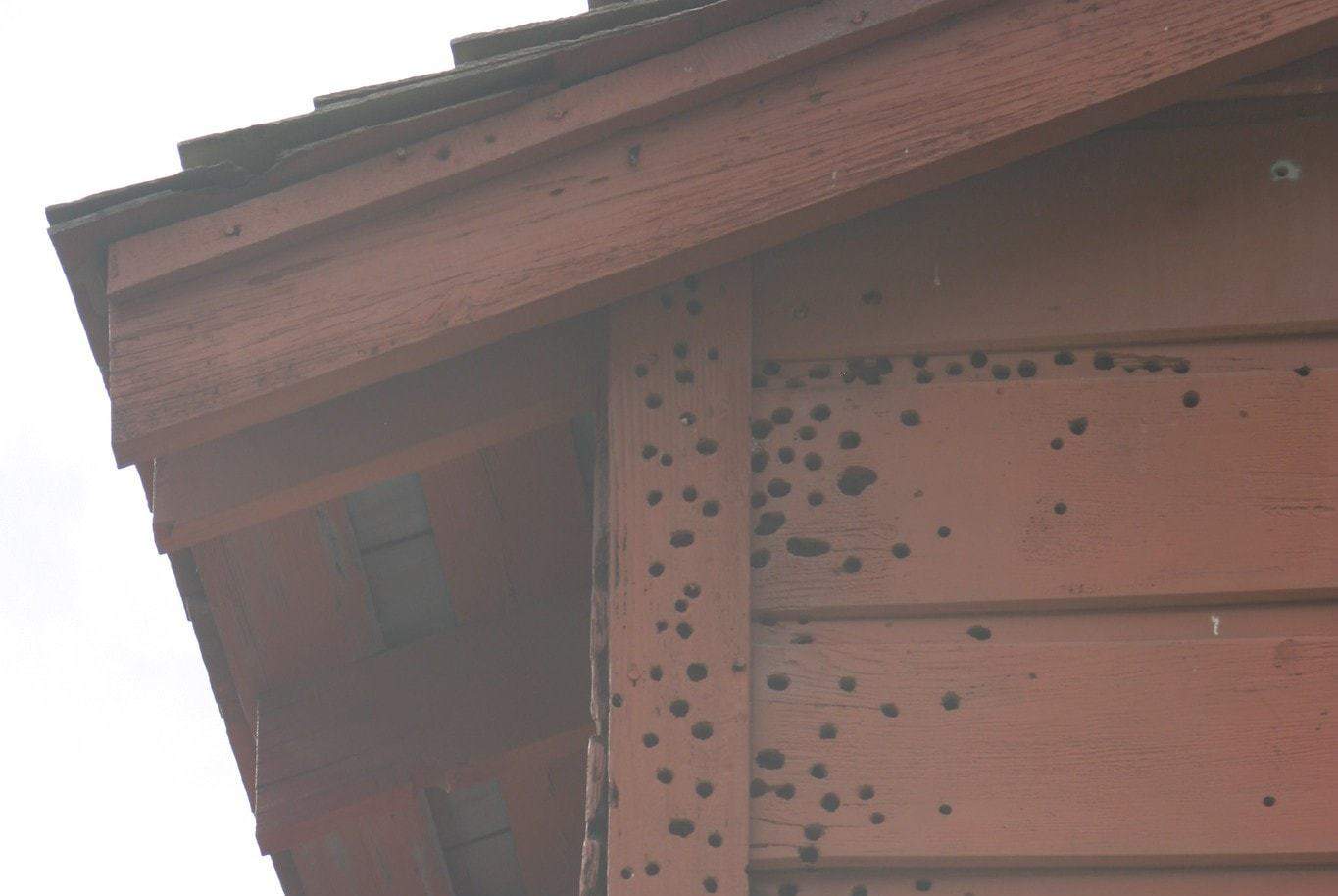

Articles
How To Deter Woodpeckers From Wood Siding
Modified: August 27, 2024
Learn effective ways to deter woodpeckers from damaging your wood siding with these informative articles.
(Many of the links in this article redirect to a specific reviewed product. Your purchase of these products through affiliate links helps to generate commission for Storables.com, at no extra cost. Learn more)
Introduction
Wood siding can add a beautiful and natural charm to any home, but it can also attract unwanted attention from woodpeckers. These birds have a tendency to peck at wood surfaces, causing damage, noise, and frustration for homeowners. If you’re dealing with woodpecker damage and want to deter these persistent birds from your wood siding, then you’ve come to the right place.
In this article, we will explore effective methods to deter woodpeckers from wood siding. We will cover natural deterrents, visual and auditory deterrents, physical barriers, and even the option of seeking professional help. By understanding woodpecker behavior, identifying the species, and implementing the right strategies, you can protect your wood siding and restore peace to your home.
Before we delve into the methods, let’s take a closer look at woodpecker behavior and assess the extent of the damage on your wood siding.
Key Takeaways:
- Understanding woodpecker behavior and identifying the species are crucial for developing effective deterrence methods. Assess the damage, choose natural, visual, or auditory deterrents, and consider seeking professional help for long-term solutions.
- Implement a multi-layered approach to deter woodpeckers, combining natural methods, visual and auditory deterrents, physical barriers, and repellent sprays. If needed, seek professional help for expert assessment and long-term solutions.
Read more: How To Deter Woodpeckers From Stucco
Understanding Woodpecker Behavior
To effectively deter woodpeckers, it is essential to understand their behavior. These birds are known for their instinctive need to peck on wood surfaces, which serves various purposes.
Woodpeckers peck on wood for several reasons, including communication, feeding, territorial marking, and nest building. They have specialized bills and strong neck muscles that allow them to drum on wood, creating a distinct sound that can be heard from a distance.
When it comes to wood siding, woodpeckers are often attracted to it because they mistake it for a tree trunk. They may peck on the siding to communicate with other woodpeckers, establish territory, or search for insects, larvae, or other food sources that may be present within the wood.
It’s important to note that not all woodpecker species cause the same amount of damage. While some species are more inclined to drill holes in search of food, others may be attracted to the sound produced by tapping on the wood.
By understanding the behavior and motivations behind woodpecker pecking, you can better develop strategies to deter them from your wood siding.
Assessing the Damage
Before implementing any deterrence methods, it’s crucial to assess the extent of the damage caused by woodpeckers on your wood siding. This will help you determine the severity and develop an appropriate plan of action.
Start by closely inspecting your wood siding for signs of woodpecker activity. Look for holes, punctures, or shallow excavations on the surface of the wood. These holes can vary in size depending on the woodpecker species and their feeding or territorial habits.
Take note of the number of holes and their distribution across the wood siding. Are they concentrated in a specific area or spread out across the entire surface? This information will be useful in identifying the woodpecker species and selecting the most effective deterrence methods.
Observe any signs of woodpecker feeding, such as wood chips or sawdust accumulating near the holes. This can indicate the presence of insects or larvae within the wood, which could be attracting the woodpeckers. If you notice an abundance of insects, you may need to address that issue as well.
Additionally, pay attention to any damage to the paint or stain on the wood siding. Woodpecker pecking can cause the paint or stain to chip, exposing the wood to further damage from moisture and weathering. If the protective coating has been compromised, consider repainting or refinishing the affected areas.
By thoroughly assessing the damage, you will have a better understanding of the woodpecker activity and can tailor your deterrent methods accordingly.
Identifying the Woodpecker Species
When it comes to deterring woodpeckers from your wood siding, it’s helpful to identify the specific woodpecker species that is causing the damage. Different species of woodpeckers have unique behaviors and preferences, so understanding their characteristics can guide your approach in deterring them.
Start by observing the size and coloration of the woodpeckers. This can provide clues about their species. For example, the Downy Woodpecker is smaller in size, with white undersides and a black-and-white pattern on its wings, while the larger Pileated Woodpecker has a distinctive red crest on its head and a black body.
Listen to their drumming patterns and calls. Each woodpecker species has a unique drumming pattern, which can help in identification. Some species have rapid drumming while others have a slower, rhythmic drumming pattern. Their calls and vocalizations also differ, and with some experience, you can learn to differentiate between species.
Take note of the habitat in which the woodpeckers are present. Certain woodpecker species thrive in specific habitats such as forests, woodlands, or open areas. Understanding their natural habitat preferences can give you insight into their habits and behaviors.
You can also consult bird identification guides or use online resources to help you identify the woodpecker species. These resources often provide descriptions, photos, and audio recordings of the different species, making it easier to make an accurate identification.
Once you have identified the woodpecker species, you can tailor your deterrence methods to suit their specific behaviors and preferences. By understanding the characteristics of the woodpeckers causing the damage, you can increase the effectiveness of your deterrents and protect your wood siding.
Natural Deterrent Methods
When it comes to deterring woodpeckers from your wood siding, natural deterrent methods can be an effective and eco-friendly approach. These methods rely on creating an environment that is unattractive or inconvenient for woodpeckers, encouraging them to seek alternative locations.
Here are some natural deterrent methods to consider:
- Remove food sources: Woodpeckers are often attracted to insects and larvae within the wood. By addressing any underlying infestations and removing their food sources, you can make your wood siding less enticing to woodpeckers. Consider treating the wood or hiring a professional pest control service to eliminate the insects.
- Trim surrounding trees and branches: Woodpeckers often use trees as launching points to access wood siding. By trimming nearby branches and trees, you can limit their access and make it more difficult for them to reach your siding. Ensure no branches are touching the house.
- Install bird feeders: Providing woodpeckers with an alternate food source can divert their attention away from your wood siding. Hang bird feeders with suet or seed blends that are attractive to woodpeckers, away from the house. This can help reduce their interest in your siding.
- Use reflective objects: Hang reflective objects, such as CDs or aluminum foil strips, near your wood siding. The sunlight reflecting off these objects can startle and deter woodpeckers, making them think twice before pecking on your siding.
- Consider nesting boxes: Some woodpecker species are cavity nesters. By providing them with suitable nesting boxes in your yard, you can provide an alternative nesting site, reducing their need to peck on your wood siding.
It’s important to note that natural deterrent methods may take time to show results, as woodpeckers may need to explore alternative sources before abandoning your wood siding. However, with consistency and patience, these methods can effectively deter woodpeckers while preserving the natural ecosystem.
Visual Deterrents
Visual deterrents aim to visually discourage woodpeckers from pecking on your wood siding by creating a deterrent pattern or appearance that they find unappealing or threatening. These methods exploit the woodpeckers’ natural instincts and aversion to certain visual stimuli.
Here are some effective visual deterrents to consider:
- Decoy predators: Place decoy predator figures, such as a plastic owl or hawk, near your wood siding. Woodpeckers are wary of predators and will avoid areas where they believe there is a threat. Move the decoys periodically to maintain the illusion of an active predator.
- Hang reflective tape or bird diverters: Attach reflective tape or bird diverters to the sides of your home. These shiny objects will create movement and reflections, which can startle woodpeckers and deter them from approaching your siding.
- Install scare balloons or scare eye balloons: Scare balloons or scare eye balloons with large, intimidating eyes can mimic the appearance of a larger animal and scare away woodpeckers. Hang them near the wood siding to create a visual deterrent.
- Paint or stain your wood siding with deterrent patterns: Create visually unappealing patterns by alternating colors or applying vertical stripes on your wood siding. Woodpeckers may find these patterns confusing or unattractive, discouraging them from pecking.
When using visual deterrents, it’s important to regularly assess their effectiveness and make any necessary adjustments. Woodpeckers can become accustomed to static visual deterrents, so introducing motion or changing their position will help maintain their effectiveness in deterring woodpeckers.
Remember to follow any local regulations or homeowners association guidelines regarding the use of visual deterrents and ensure that they do not cause harm to the woodpeckers or other wildlife.
To deter woodpeckers from wood siding, try hanging shiny objects like aluminum foil strips or wind chimes near the affected area. The movement and reflection can help deter the birds.
Auditory Deterrents
Auditory deterrents utilize sound to deter woodpeckers from your wood siding. These methods aim to create noises or sounds that are unpleasant or disruptive to woodpeckers, discouraging them from pecking on your siding.
Here are some effective auditory deterrents to consider:
- Wind chimes: Hang wind chimes near your wood siding. The sound of the chimes in the wind can create a constant noise that woodpeckers find unsettling, making them less likely to approach and peck on your siding.
- Ultrasonic devices: Install ultrasonic devices designed specifically for deterring woodpeckers. These devices emit high-frequency noises that are unpleasant to woodpeckers but are not audible to humans. Place them strategically near the wood siding for maximum effect.
- Play recorded woodpecker distress calls: Use a playback device to broadcast the distress calls of woodpeckers. These calls indicate that there is danger or unwanted predators in the area, leading woodpeckers to believe that it is not a safe place to peck.
- Set up a radio or loudspeaker: Turn on a radio or loudspeaker near your wood siding. The continuous sound or talk radio can create an environment that is disruptive and unnerving for woodpeckers, deterring them from approaching your siding.
It’s important to note that woodpeckers can become habituated to repetitive sounds, so it’s essential to vary the sounds or periodically change the location of the auditory deterrents to maintain their effectiveness.
When using auditory deterrents, it’s crucial to consider the impact on your neighbors and the overall noise level in the area. Be mindful of any noise restrictions or regulations in your community and adjust the volume or duration of the deterrent accordingly.
Combining auditory deterrents with other methods, such as visual deterrents or physical barriers, can greatly enhance their effectiveness in deterring woodpeckers and protecting your wood siding.
Physical Barriers
Physical barriers can be an effective way to prevent woodpeckers from accessing your wood siding. These barriers create a physical obstacle that makes it difficult or impractical for woodpeckers to peck on your siding.
Here are some physical barrier options to consider:
- Netting: Install a fine mesh netting over your wood siding. This will create a barrier between the wood and the woodpeckers, preventing them from accessing the surface to peck. Ensure the netting is tight and secure to prevent any gaps.
- Hardware cloth: Attach a piece of hardware cloth or wire mesh to the exterior of your wood siding. The mesh should have small enough openings to prevent woodpeckers from reaching the wood surface. Secure it tightly and make sure there are no loose ends or gaps.
- Plexiglass or metal flashing: Cover the areas of your wood siding that are most prone to woodpecker activity with plexiglass or metal flashing. These materials create a smooth and hard surface that is challenging for woodpeckers to grip and peck.
- Plastic or wooden bird spikes: Install plastic or wooden bird spikes on the areas of your wood siding where woodpecker activity is concentrated. These spikes make it uncomfortable for woodpeckers to land and peck, deterring them from the area.
When installing physical barriers, it’s important to consider the aesthetics and the impact on the overall appearance of your home. Choose materials and methods that blend well with the existing design and architectural elements.
Regularly inspect and maintain the physical barriers to ensure they remain intact and effective. Repair any damage or gaps that may occur over time, as woodpeckers can exploit even the smallest openings.
Combining physical barriers with other deterrent methods, such as visual or auditory deterrents, will provide a multi-layered approach to deterring woodpeckers and protecting your wood siding.
Applying Repellent Sprays
Repellent sprays can be an effective tool in deterring woodpeckers from pecking on your wood siding. These sprays create a taste or scent that is unpleasant to woodpeckers, discouraging them from approaching or damaging your siding.
Here are some tips for applying repellent sprays:
- Choose a bird-friendly repellent: Look for repellent sprays specifically formulated for deterring woodpeckers or birds. Opt for repellents that are safe for birds and the environment, as well as ones that won’t cause harm to your wood siding.
- Read and follow the instructions: Carefully read and follow the instructions provided by the manufacturer of the repellent spray. Ensure you understand the application process, including the recommended spray distance and the number of coats required.
- Clean and prepare the wood siding: Thoroughly clean your wood siding before applying the repellent spray. Remove any dirt, debris, or bird droppings from the surface. You may also need to sand or repair any damaged areas of the wood before applying the repellent spray.
- Apply evenly and thoroughly: Apply the repellent spray evenly and thoroughly to the entire surface of your wood siding. Pay special attention to the areas where woodpecker activity is concentrated or where previous damage has occurred. Follow the recommended number of coats for optimal effectiveness.
- Reapply as needed: Over time, the effectiveness of repellent sprays may diminish due to weathering or washing away. Monitor the woodpecker activity on your siding and reapply the repellent spray as needed to ensure continuous deterrence.
It’s important to note that repellent sprays may not be a long-term solution and may require periodic reapplication. Additionally, some woodpecker species may develop a tolerance to certain repellents over time.
If you are concerned about the potential impact of repellent sprays on your wood siding or the environment, consult with a professional before using them as a deterrent method.
Repellent sprays can be a useful addition to a comprehensive woodpecker deterrence plan but should be used in conjunction with other methods for optimal effectiveness.
Read more: How To Deter Wasps From A Patio
Seeking Professional Help
If you have tried various deterrence methods and are still struggling to deter woodpeckers from your wood siding, it may be time to seek professional help. Professional wildlife control experts can provide specialized knowledge and experience in dealing with woodpecker infestations.
Here are some reasons why seeking professional help can be beneficial:
- Expert assessment: A professional can thoroughly assess the extent of the woodpecker damage and identify the specific woodpecker species causing the problem. This assessment will help determine the most appropriate and effective solution tailored to your situation.
- Humane solutions: Professionals have access to humane and ethical methods for deterring woodpeckers. They understand the importance of preserving the balance of the ecosystem while also protecting your property. They can employ methods that are safe for both the woodpeckers and your wood siding.
- Professional techniques: Wildlife control experts are trained in using specialized techniques and tools to deter woodpeckers. They can implement physical barriers, install deterrent devices, or use repellents with precision and expertise, ensuring the best chances of success in deterring woodpeckers.
- Long-term solutions: Professionals can provide long-term solutions for woodpecker deterrence. They can advise on habitat modifications, recommend ongoing maintenance strategies, and provide guidance on preventing woodpecker reinfestation in the future.
- Peace of mind: Hiring a professional allows you to have peace of mind knowing that your woodpecker problem is being handled by experts. They will work with you to develop a customized plan that suits your needs and addresses the specific challenges posed by woodpecker activity on your wood siding.
When seeking professional help, be sure to choose a reputable wildlife control company with experience in woodpecker deterrence. Research and read reviews to ensure they follow ethical practices and have a track record of successful outcomes.
Remember, enlisting professional help may come at a cost, but it can be a worthwhile investment to protect your wood siding and maintain the beauty and integrity of your home.
Conclusion
Dealing with woodpeckers damaging your wood siding can be frustrating, but with the right knowledge and strategies, you can effectively deter them and protect your home. Understanding woodpecker behavior, assessing the damage, and identifying the woodpecker species are important steps in developing a targeted plan of action.
From natural deterrent methods to visual and auditory deterrents, physical barriers, and repellent sprays, there are various techniques you can employ to deter woodpeckers. Each method has its own advantages, and combining multiple methods can increase their effectiveness.
However, if your efforts have been unsuccessful or if you prefer professional assistance, don’t hesitate to seek help from wildlife control experts. They have the expertise and tools necessary to assess the situation, implement effective deterrence methods, and provide long-term solutions to prevent woodpecker infestations.
Remember, be mindful of any local regulations or guidelines regarding the use of deterrent methods, and ensure that the methods you choose are safe for both the woodpeckers and the environment.
By taking proactive steps to deter woodpeckers, you can preserve the integrity of your wood siding, maintain the beauty of your home, and restore peace and quiet to your living space.
So, go ahead and implement the methods that best suit your needs, and say goodbye to woodpecker damage once and for all!
Frequently Asked Questions about How To Deter Woodpeckers From Wood Siding
Was this page helpful?
At Storables.com, we guarantee accurate and reliable information. Our content, validated by Expert Board Contributors, is crafted following stringent Editorial Policies. We're committed to providing you with well-researched, expert-backed insights for all your informational needs.
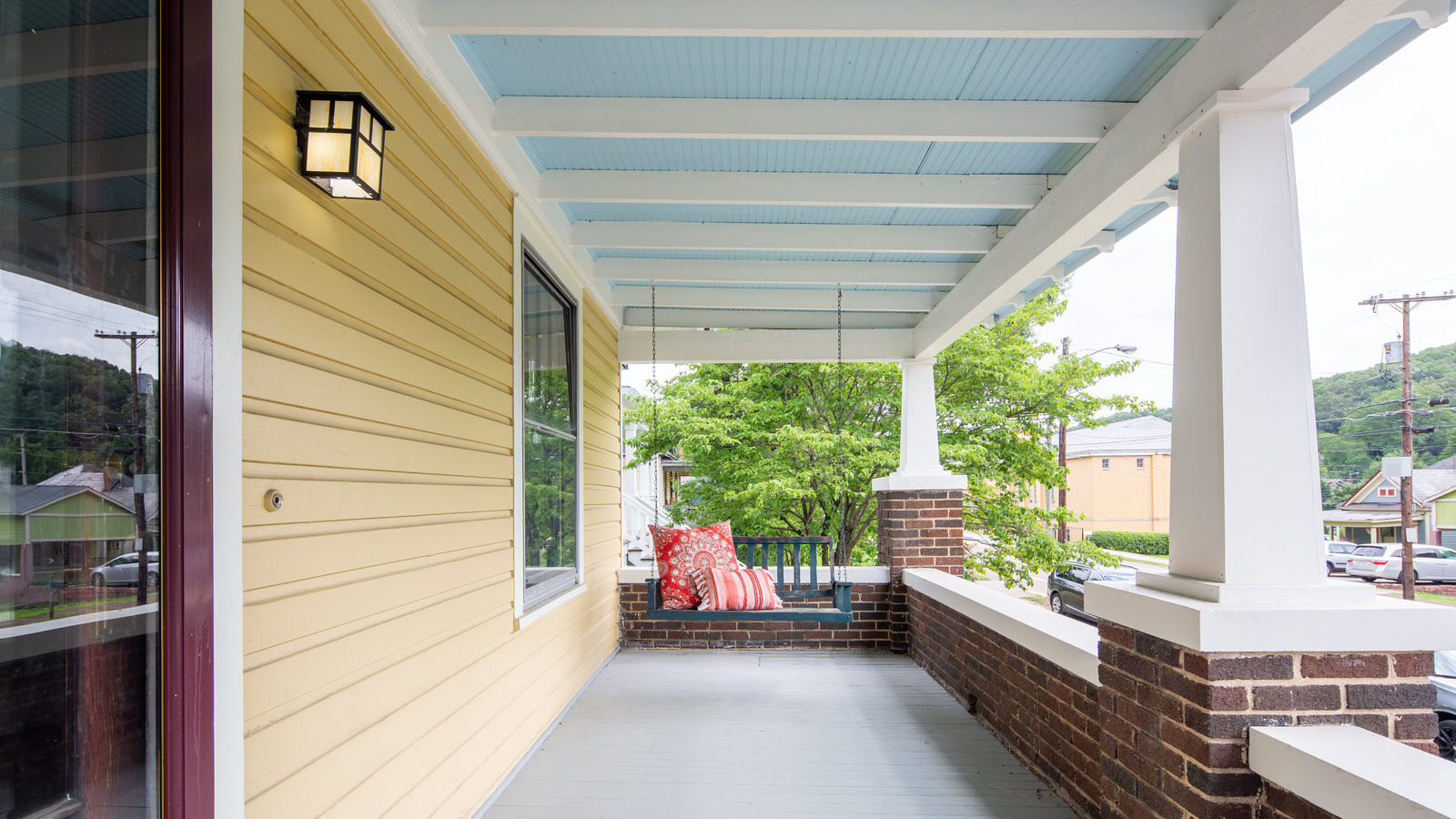
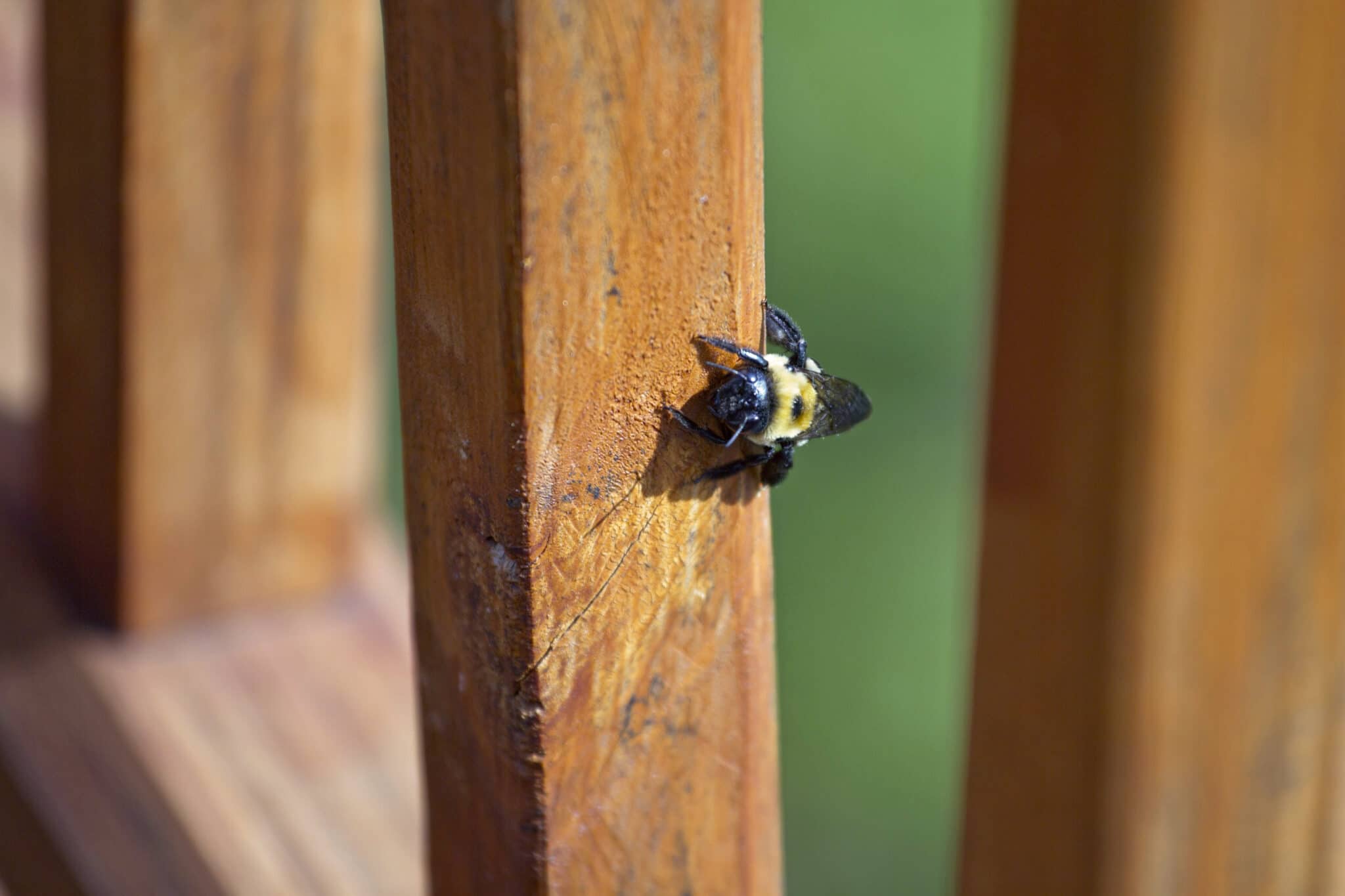
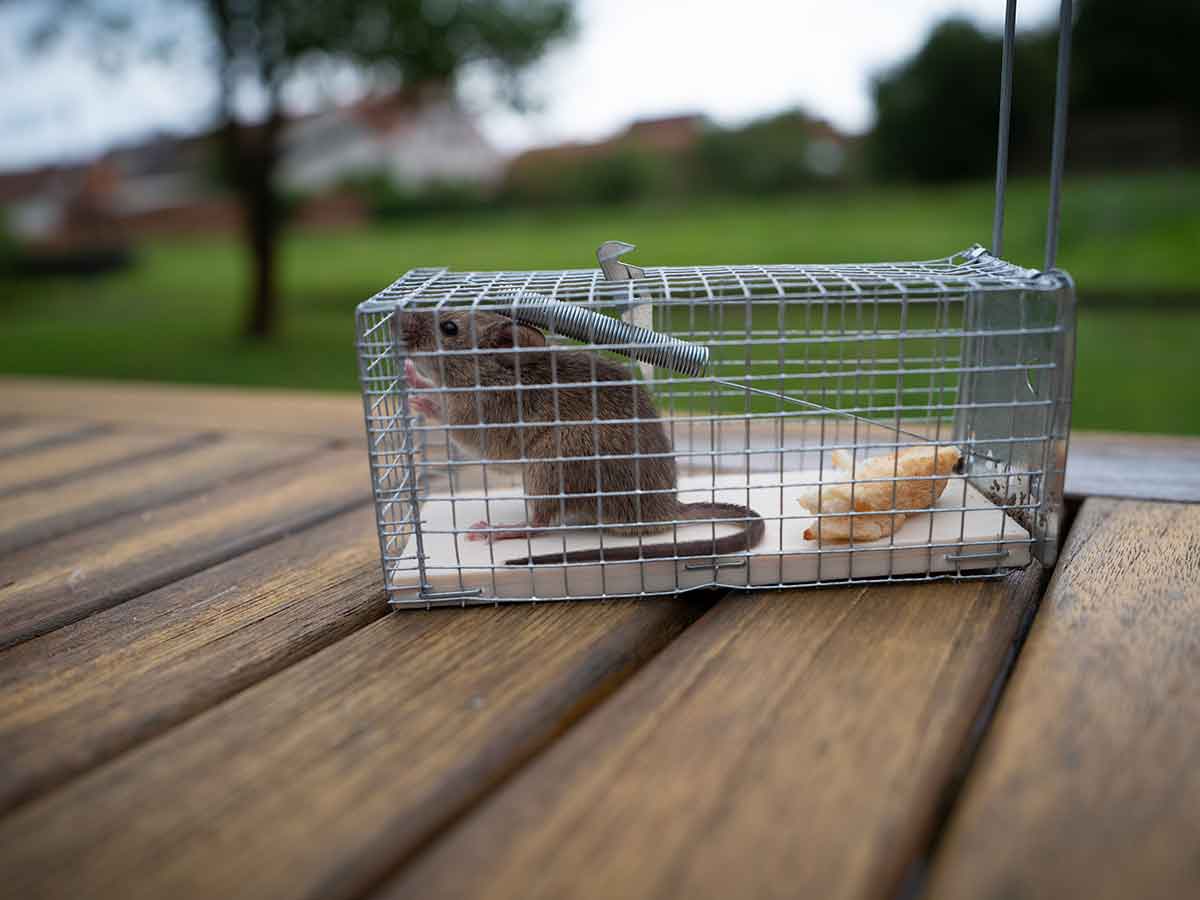
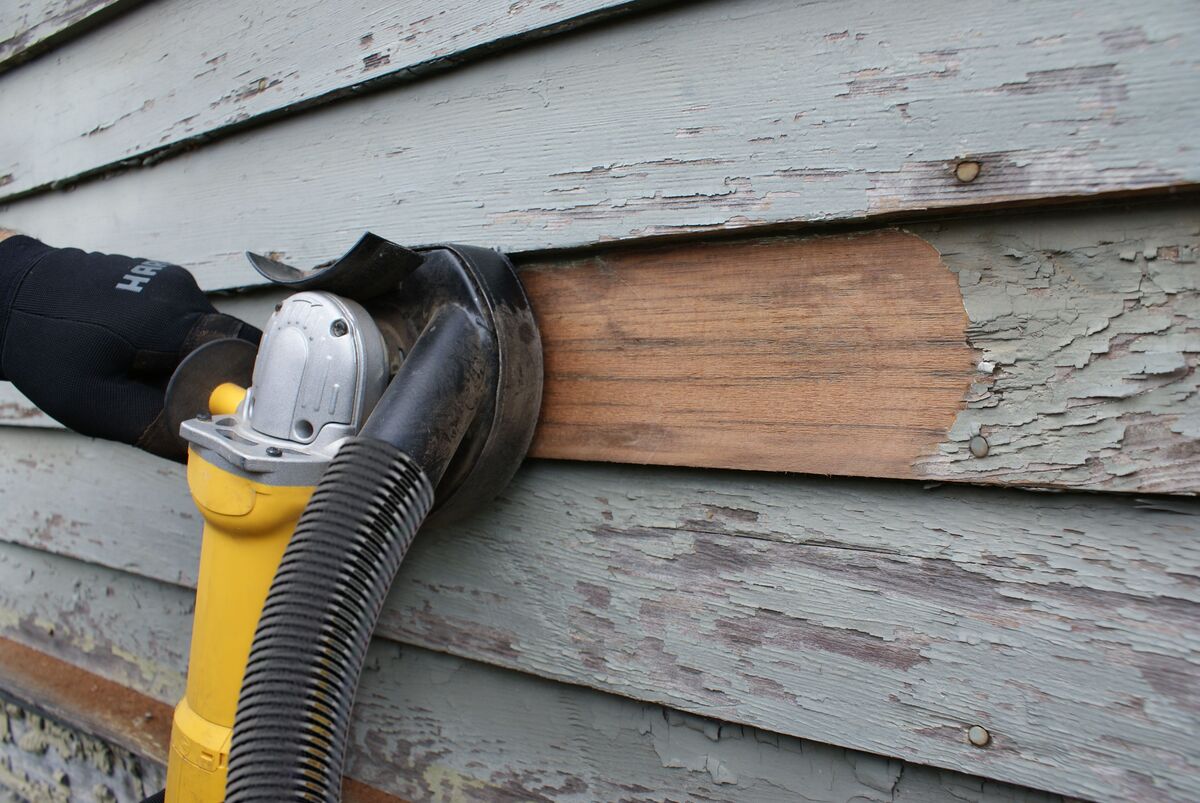
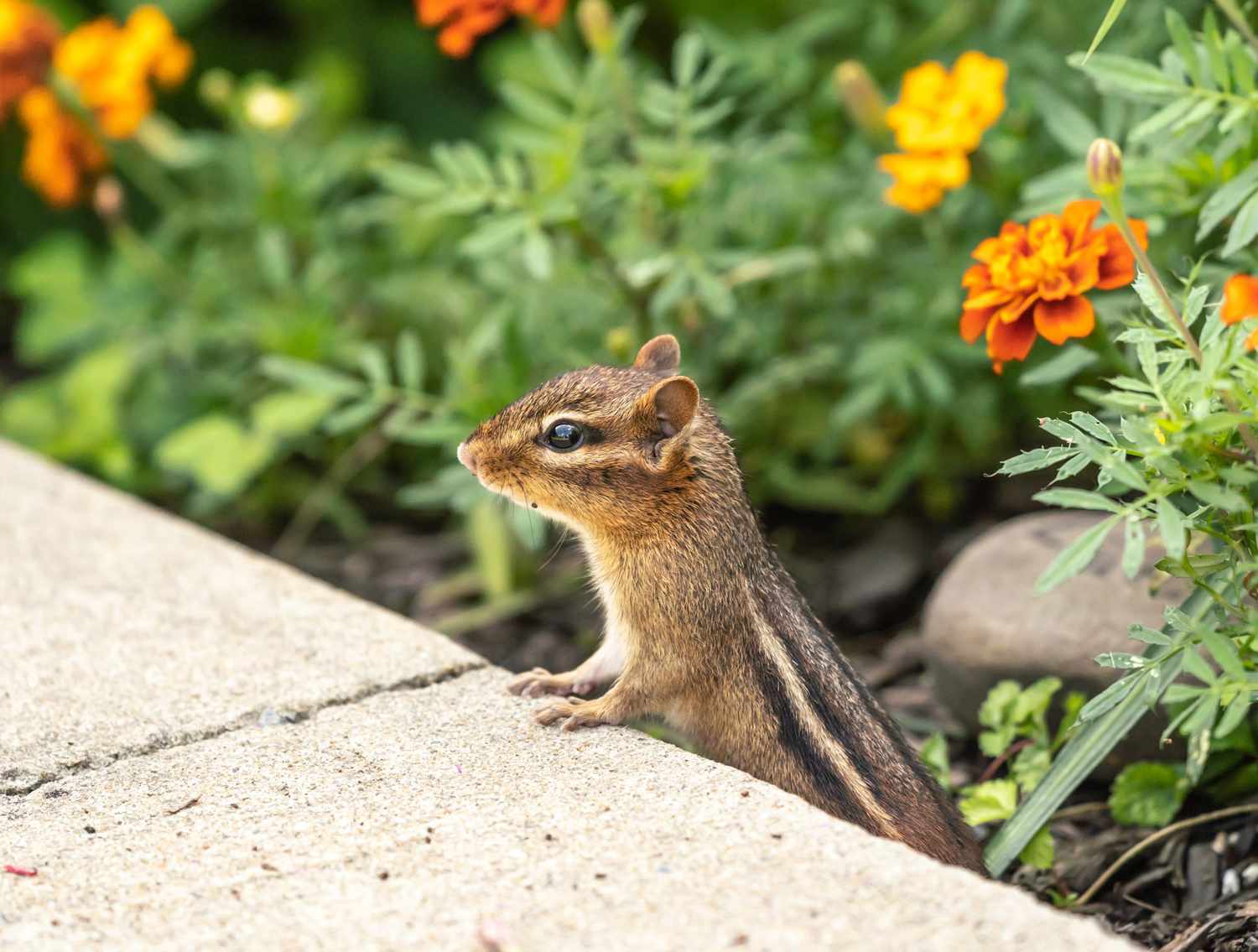
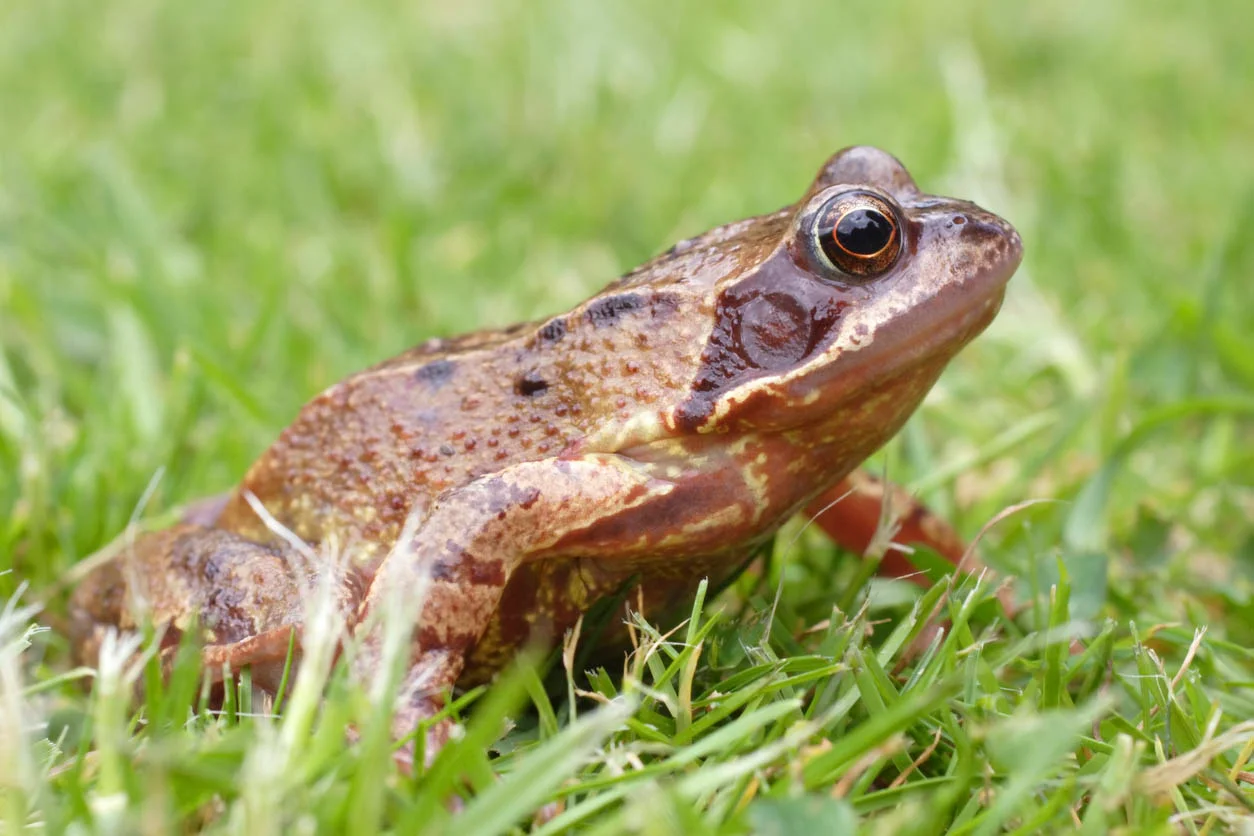
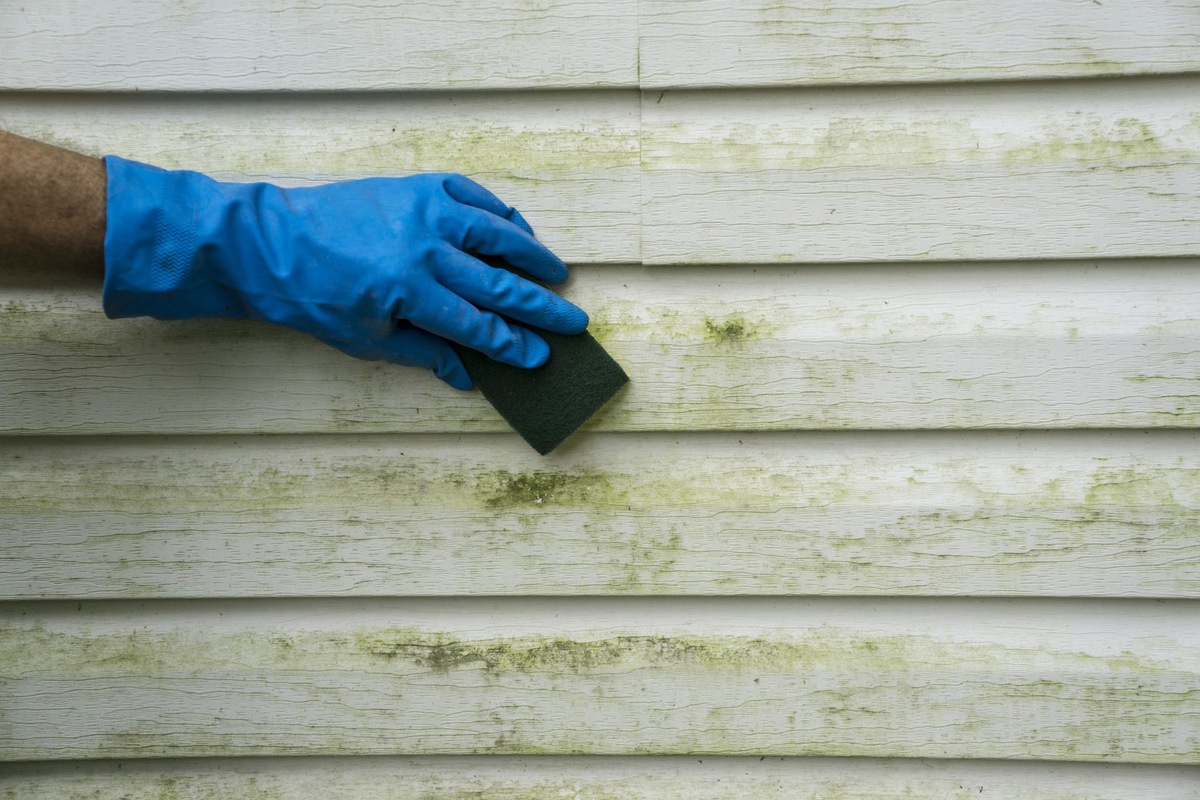
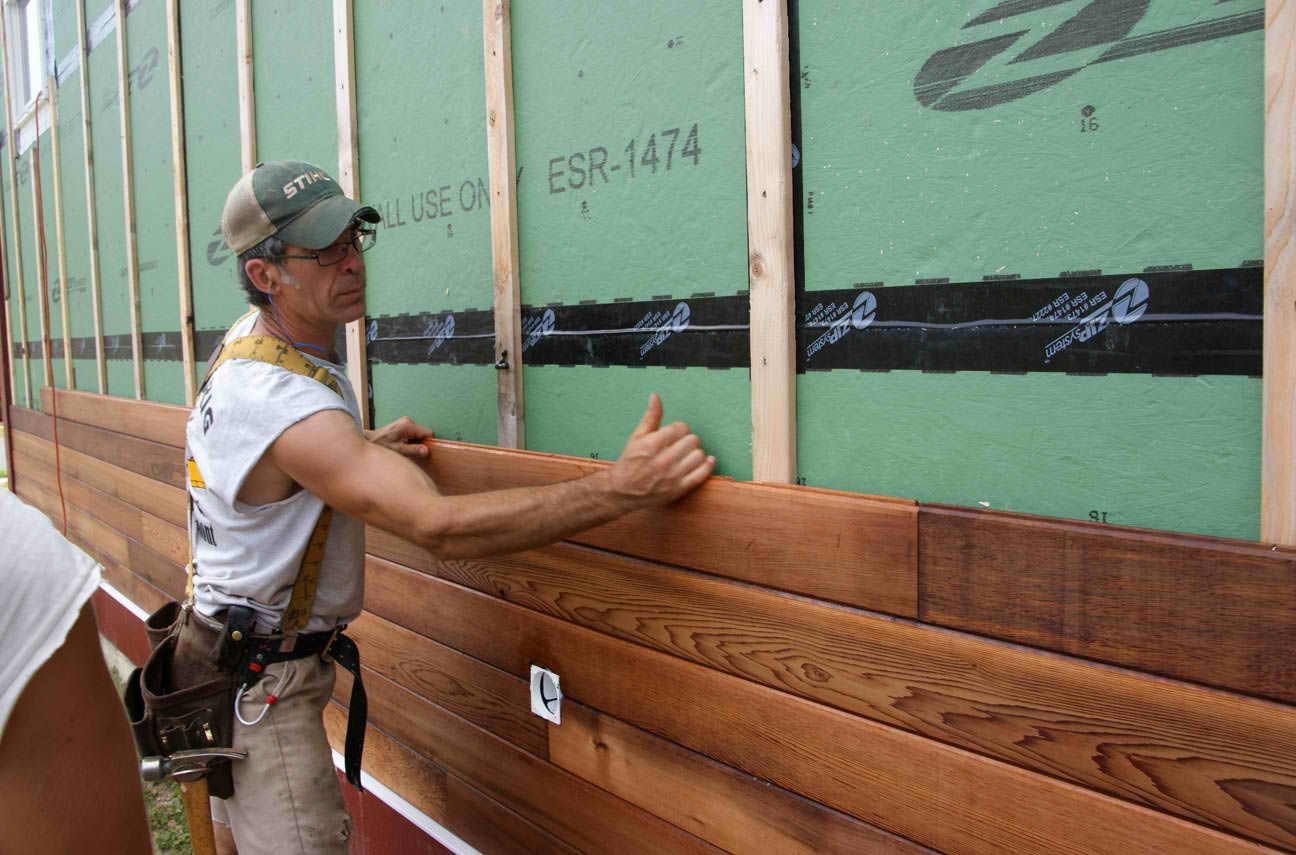
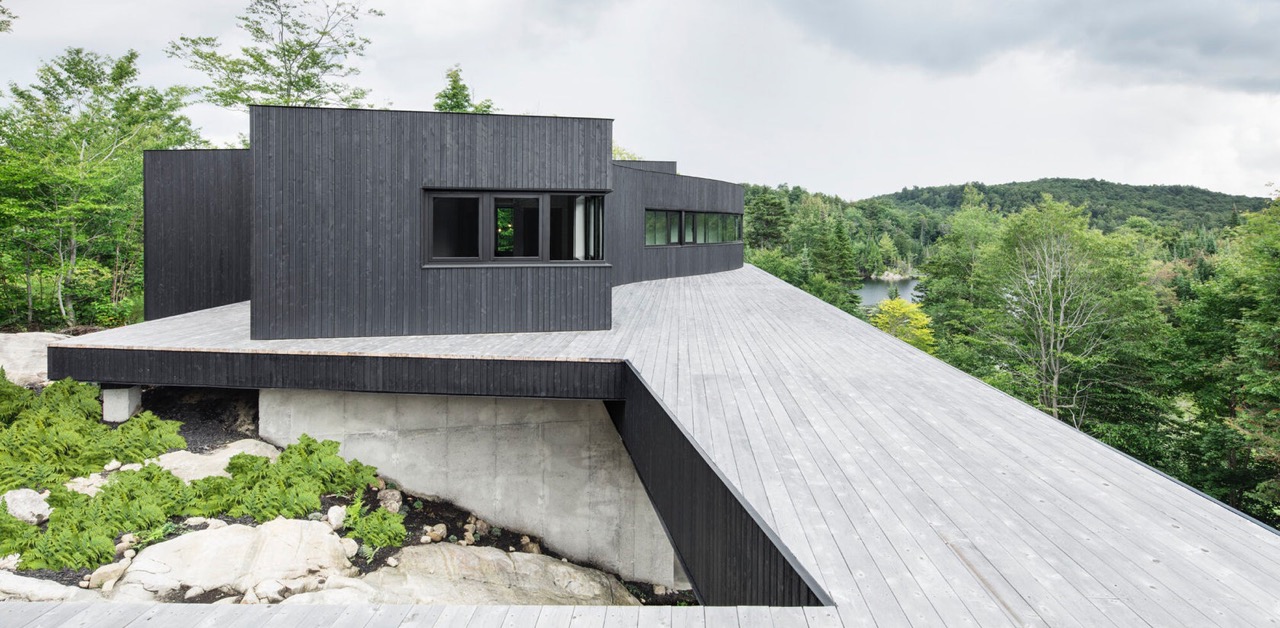
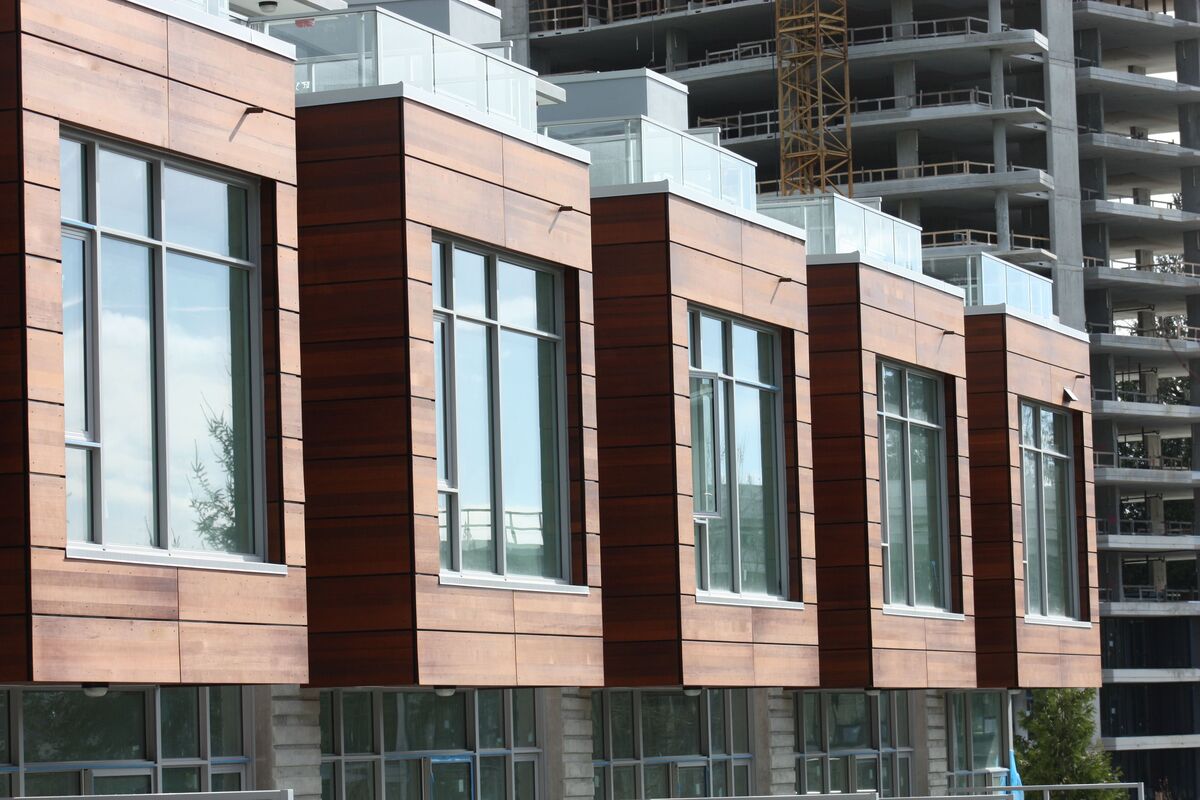
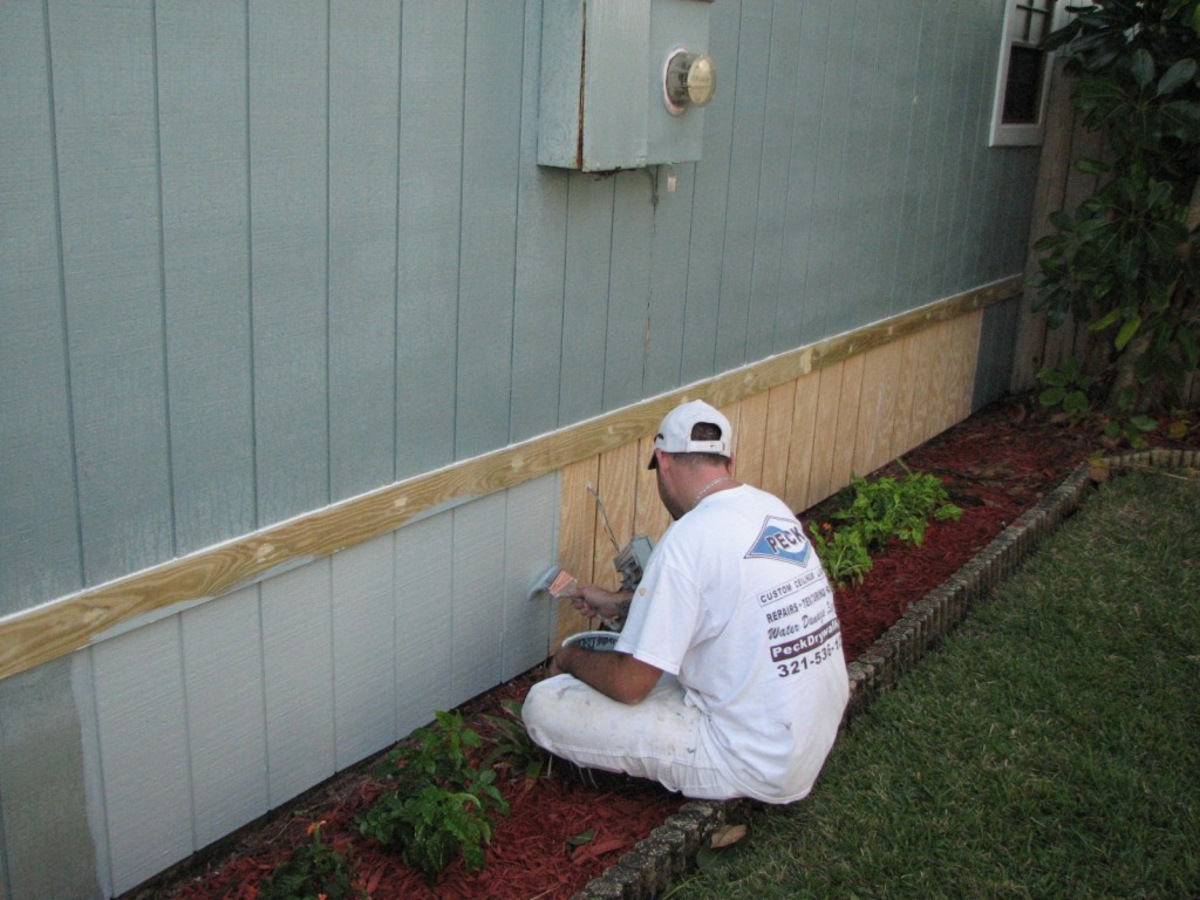
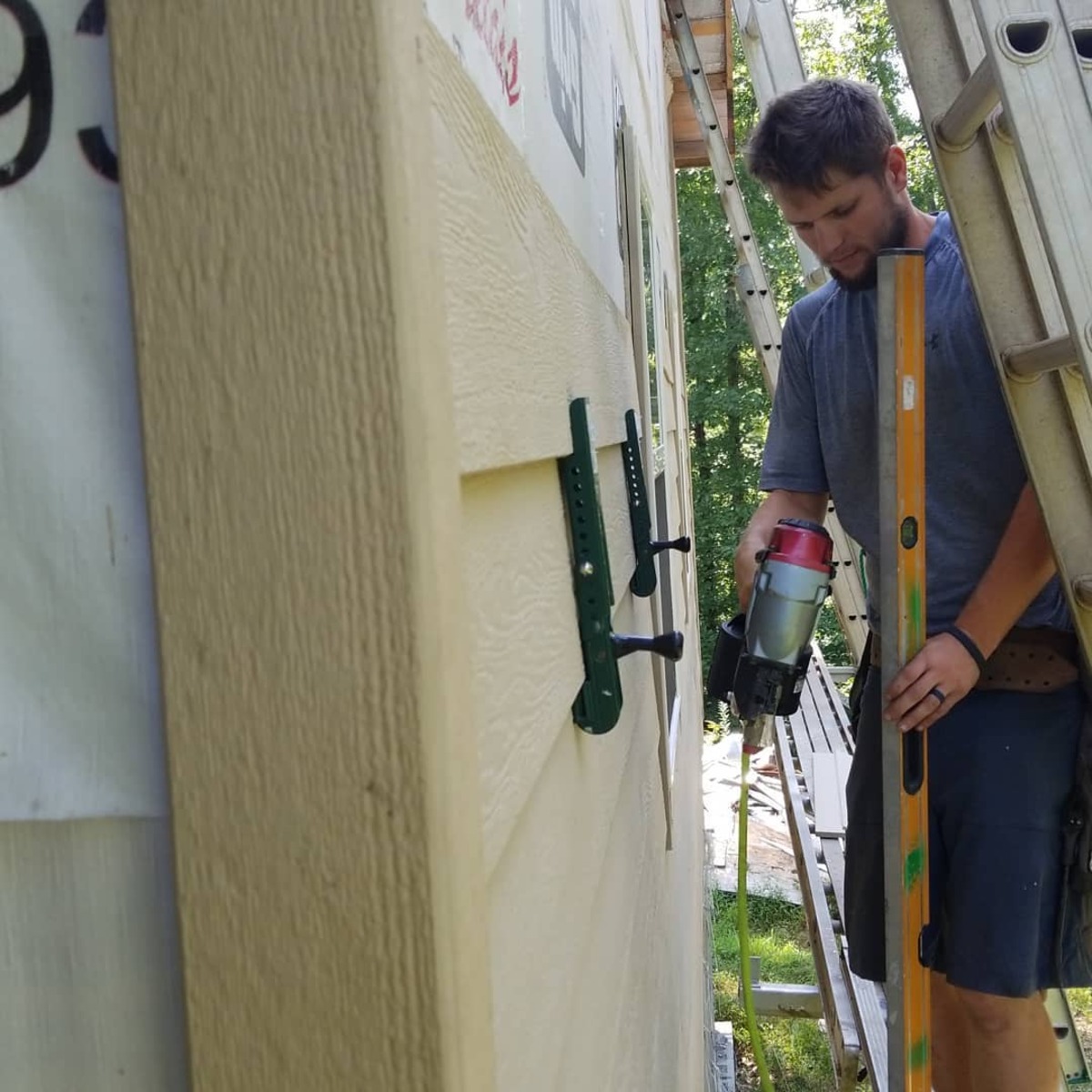
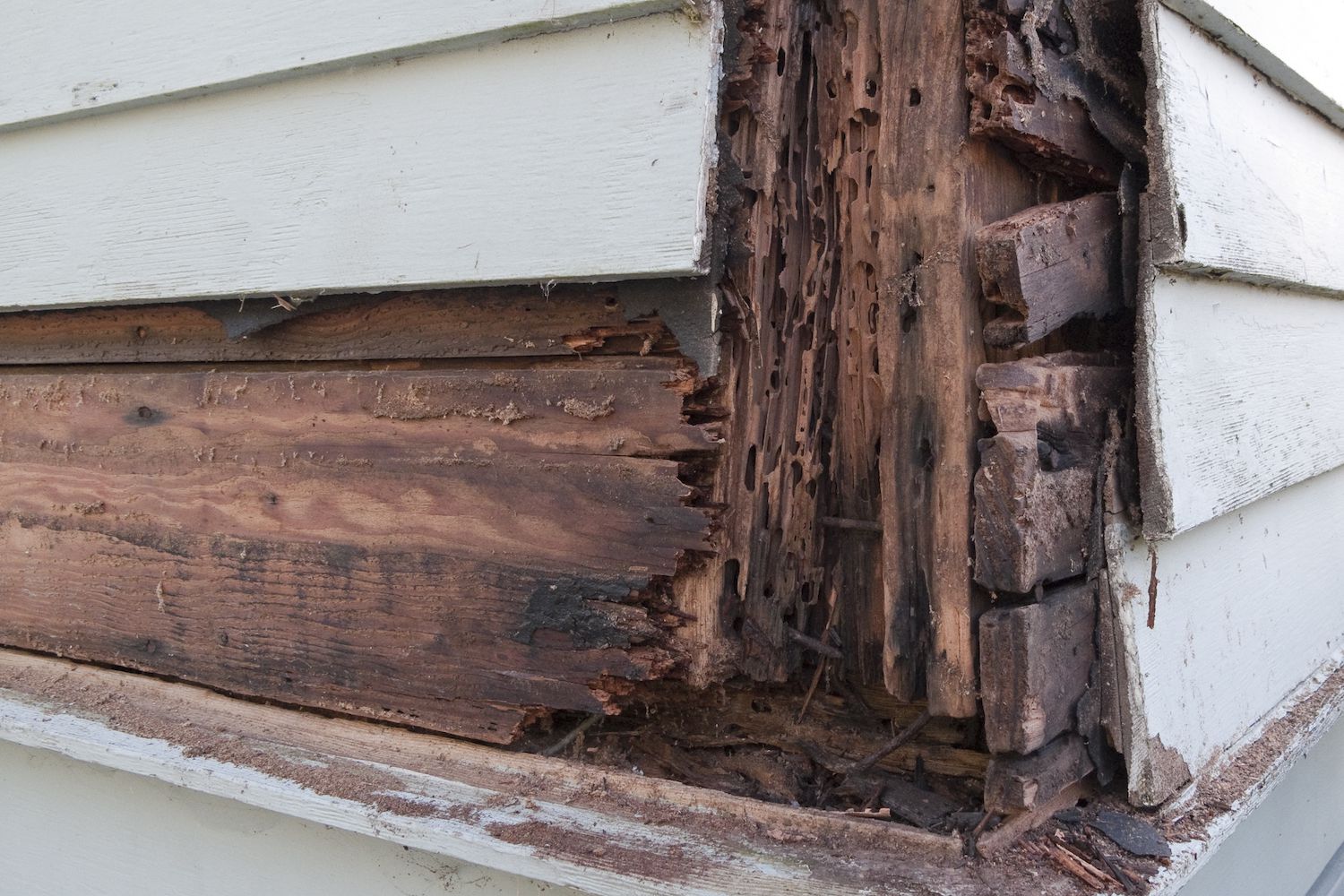

0 thoughts on “How To Deter Woodpeckers From Wood Siding”